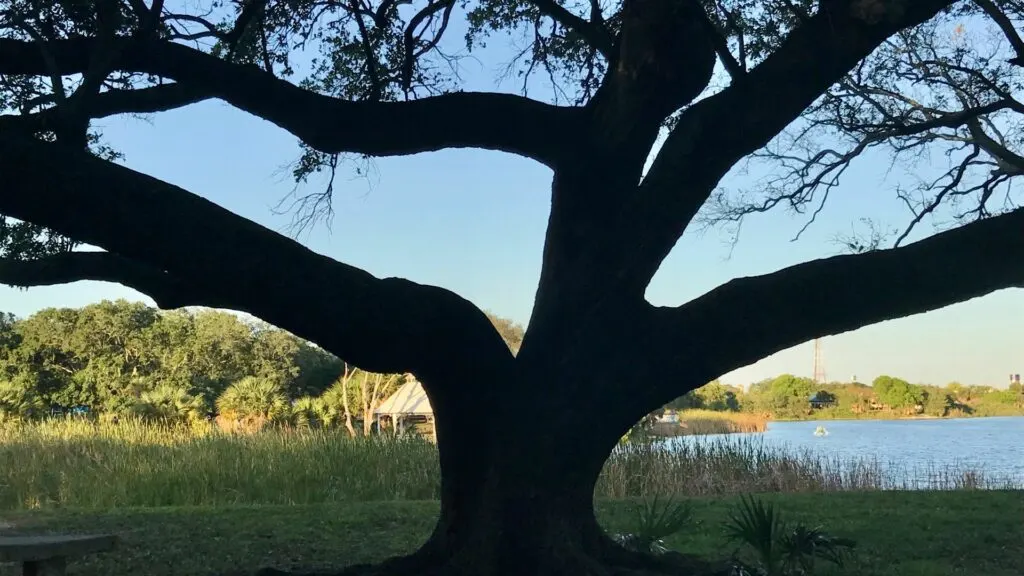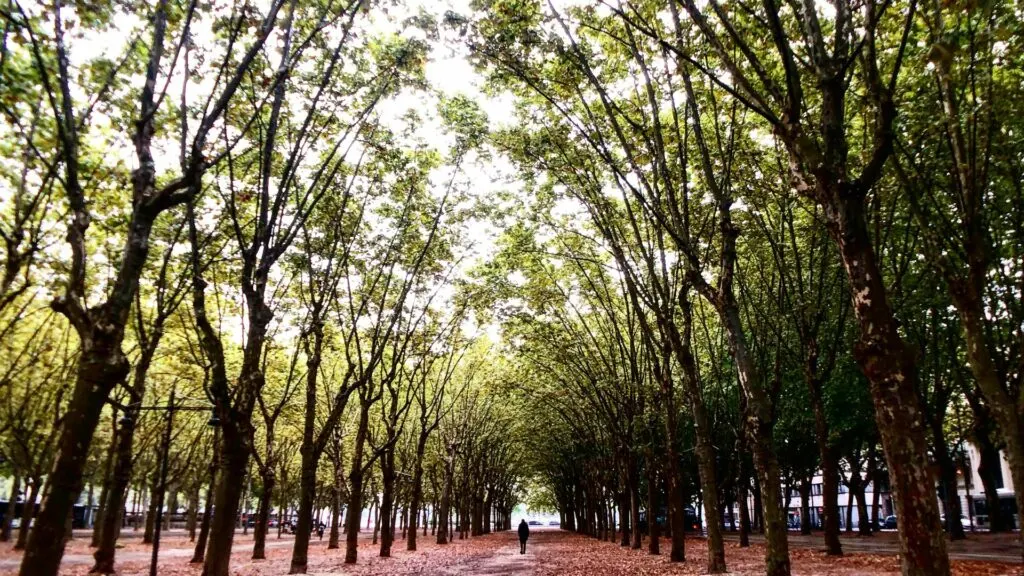Trees play a vital role in our ecosystem, helping to keep the environment stable while adding beauty and health benefits to our communities. However, they are vulnerable to diseases that can affect their health and lifespan. Tree healing is an important practice that involves diagnosing, treating, and preventing these diseases. Tree services are key in keeping trees healthy and ensuring they continue to thrive. It’s important for homeowners, arborists, and anyone who cares about the environment to understand the basics of tree healing.

This guide looks at key aspects of managing tree diseases. It covers the early signs of disease and explains why spotting these symptoms early is essential. It also highlights the role of local tree service professionals, from diagnosing issues to offering advanced treatments. Readers will learn about common tree diseases, what causes them, the treatments available, and preventative measures. Finally, we’ll show how keeping trees healthy has a positive impact on the environment, economy, and society.
Recognizing the Signs of Tree Diseases
Identifying tree diseases early is vital for effective treatment and long-term tree health. In this section, we’ll cover the common symptoms that often point to tree diseases. Homeowners and arborists should regularly inspect foliage for unusual changes, such as odd colors, leaf spots, curling, or early leaf drop—these are often early warning signs of an underlying problem.
Bark abnormalities, like deep cracks, peeling, holes, or the growth of fungi, can signal more serious issues. Root problems, including weakened stability, poor nutrient absorption, and visible signs like stunted growth or wilting, may suggest a deeper concern. Catching these symptoms early allows for quicker and more successful intervention, preventing further damage.
Consulting Professional Tree Services
Maintaining tree health becomes much simpler and more effective with the help of professional tree services. Arborists bring extensive knowledge and specialized tools to accurately diagnose and treat a wide range of tree diseases. They use methods like soil analysis, tissue sampling, and pest identification to determine the exact cause of the issue.

In addition to offering detailed diagnostics, arborists provide advanced treatment options, such as targeted chemical applications, specialized pruning techniques, and even tree surgery for more severe cases. Engaging professional tree services ensures precise diagnosis, effective treatment, and expert guidance on preventative care and long-term tree maintenance strategies.
Common Tree Diseases and Their Treatments
Trees, like all living things, can get sick, and knowing how to treat these diseases is key to keeping them healthy. Common problems include fungal infections like Dutch Elm Disease, which attacks a tree’s water system, causing it to wilt and die. Fungicide treatments and pruning affected branches are common solutions.
Pests, such as the Emerald Ash Borer, can destroy trees, and the usual response is to use insecticides or cut down heavily infested trees to stop the spread. Though less frequent, bacterial infections can cause leaf spots and cankers, and they are treated with bactericides by boosting the tree’s health with proper fertilization and watering.
Preventative Measures to Protect Trees
Keeping trees healthy starts with proactive steps to prevent diseases before they become a problem. This begins with selecting the right tree species for your specific soil and climate, ensuring proper spacing for growth, and maintaining a consistent watering routine. Regular care, such as pruning dead or diseased branches, applying mulch to retain moisture, and checking for early signs of disease or stress, is essential for overall tree health.

Adding protective treatments like organic pesticides, fungicides, or even companion planting helps to ward off threats. By staying vigilant, tree owners not only promote the health and longevity of their trees but also contribute to a more resilient and biodiverse ecosystem that benefits surrounding wildlife and plants.
Benefits of Healthy Trees to the Environment
Healthy trees are essential for improving both the environment and our communities. They offer many benefits in different areas: helping the environment, boosting the economy, and supporting social well-being. Trees clean the air by absorbing pollutants and releasing oxygen, provide shade, and create homes for wildlife.
Economically, they raise property values, lower energy costs by reducing the need for cooling, and help reduce stormwater runoff, which can save cities money. Socially, green spaces with healthy trees improve how neighborhoods look, provide places for recreation, and support mental well-being by offering peaceful, natural settings. Because of these many benefits, it’s important to take care of trees and manage diseases to keep them thriving for the good of our environment and quality of life.
Keeping trees healthy through proper diagnosis, treatment, and prevention is essential for preserving their many environmental, economic, and social benefits. Early detection of diseases and the support of professional tree services ensure that issues are managed before they become severe. By understanding common tree diseases and taking proactive measures to prevent them, tree owners and communities can promote the long-term health and vitality of their urban forests. Healthy trees not only contribute to a cleaner environment but also enhance property values and provide green spaces that improve the quality of life for all.

Jessi is the creative mind behind The Coffee Mom, a popular blog that combines parenting advice, travel tips, and a love for all things Disney. As a trusted Disney influencer and passionate storyteller, Jessi’s authentic insights and relatable content resonate with readers worldwide.
